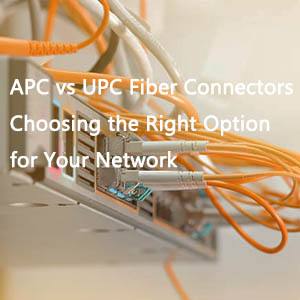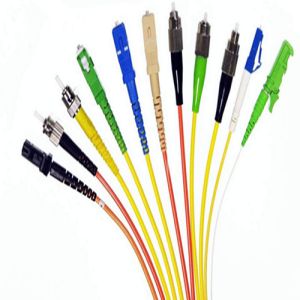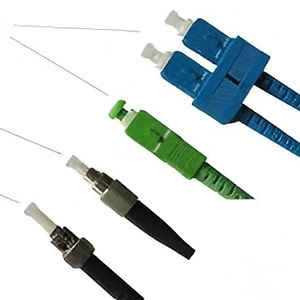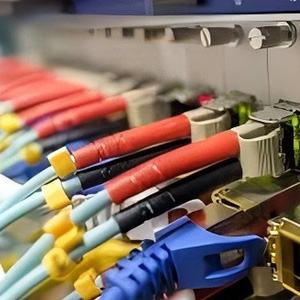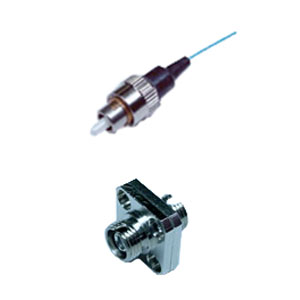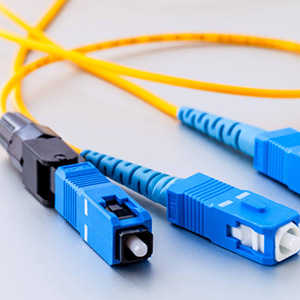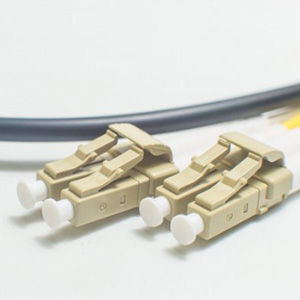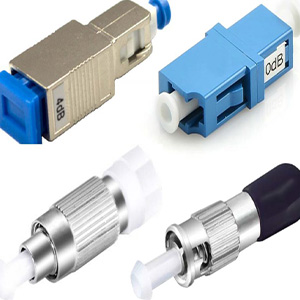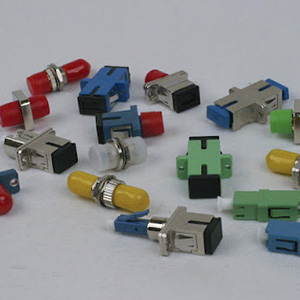MPO (Multi-Fiber Push-On) connectors are indispensable components in modern high-speed fiber optic networks. These multi-fiber connectors are widely used in environments where dense, high-bandwidth connections are critical. In this article, we will delve into what makes MPO Connectors unique, where they are best utilized, and how to choose the right MPO Connector for your specific network needs.

What Are MPO Connectors?
MPO Connectors are designed to handle high-density fiber connections. Each connector can support multiple fibers within a single ferrule, making them an ideal choice for data-intensive environments. Typically, an MPO connector can have 12, 24, or even up to 72 fiber connections in a single interface.
With high bandwidth capacity and easy scalability, MPO connectors are often the go-to option for applications that require large volumes of data transmission, such as data centers, telecommunications networks, and enterprise IT setups.
Key Features of MPO Connectors
- Multi-Fiber Design: The core feature of MPO Connectors is their ability to house multiple fibers within a single connector. This enables efficient, high-density connections without the need for numerous individual fibers, which can clutter the workspace and reduce efficiency.
- Compact Size and High Performance: Despite their high capacity, MPO connectors maintain a compact design, enabling more connections in limited space without compromising performance. They are known for providing high-speed connectivity with minimal signal loss, which is essential in environments handling large volumes of data.
- Polarity and Gender Customization: MPO connectors are available in male or female configurations, with customizable polarity options. This flexibility allows them to be tailored to the specific requirements of different network infrastructures, which is particularly useful in complex data center and telecom installations.
Top Applications For MPO Connectors
MPO Connectors have become the industry standard for fast, efficient, and reliable data transmission in many fields. Here are some common applications:
- Data Centers: Data centers require high-density, high-speed connections to manage large amounts of data. MPO connectors enable data centers to increase bandwidth without significantly increasing the physical footprint, making them an excellent choice for high-performance storage, cloud services, and processing centers.
- Telecommunication Networks: Telecommunication networks, especially in metropolitan areas, use MPO connectors to support large-scale data transmission over fiber optic networks. These connectors allow efficient and fast communication between servers and switches, ensuring uninterrupted data flow in demanding telecommunications applications.
- Enterprise IT Infrastructure: Enterprises with high data demands, such as financial institutions, research institutions, and corporate headquarters, rely on MPO connectors to build scalable, reliable networks. Their high capacity and low latency make MPOs ideal for supporting advanced IT infrastructure.
- Broadcast and Media Production: Broadcast and media production companies require high-speed data transmission of video, audio, and digital files. MPO connectors provide the high bandwidth and connection density required to manage large files in real time, ensuring smooth transmission without interruptions.
How To Choose The Right MPO Connector
Choosing the right MPO connector for your network involves considering several key factors, including fiber count, polarity, compatibility, and future-proofing. Here’s what you need to know:
Determine the number of fibers you need: MPO connectors are available in a variety of configurations, typically ranging from 12 to 72 fibers. The choice will largely depend on your current network needs and potential future expansion. For example, if you plan to upgrade your system for higher capacity in the future, a 24- or 48-fiber MPO connector may be a better fit.
Consider polarity and gender requirements: MPO connectors are available in male or female versions with different types of polarity (Type A, Type B, and Type C). Polarity ensures that signals are transmitted correctly and helps prevent signal loss. Consulting with a network professional about polarity options can help avoid potential connection issues in the future.
Compatibility with existing infrastructure: Before selecting an MPO connector, verify its compatibility with your current equipment. Check the requirements of your existing patch panels, cassettes, and network infrastructure to ensure seamless integration. For example, MTP connectors are compatible with MPOs and are often used when more precision is required.
Future-proof for network expansion: If your organization anticipates future growth, it is wise to choose MPO connectors with higher fiber counts or upgradeable components. Investing in connectors that support advanced technologies, such as 40G and 100G networks, can save time and money in the long run by eliminating the need for a complete infrastructure renovation.
Evaluate performance specifications: MPO connectors vary in performance, especially in terms of insertion loss and return loss. Look for connectors with low insertion loss (IL) to minimize signal degradation, and high return loss (RL) to maintain signal quality. High-performance MPO connectors are suitable for long-distance data transmission and sensitive applications.
Installation Tips And Best Practices
Proper handling and cleaning: MPO connectors are sensitive to dust and contamination, which can cause significant signal loss. Use designated fiber cleaning tools, such as cotton swabs or reels, to keep connectors clean before installation and during maintenance.
Follow polarity guidelines: Pay attention to polarity configuration during installation to ensure proper signal flow. Improper polarity can cause signal loss, connection issues, and reduced network performance.
Consider protective accessories: In some environments, MPO connectors are exposed to physical or environmental stresses. Consider using protective accessories, such as dust caps or pull handles, to prevent damage. Certain installations may also benefit from using armored cables or protective housings for enhanced durability.
Use trained professionals: Proper installation and maintenance of MPO connectors requires specific expertise. Hiring trained technicians ensures that connectors are properly handled, minimizing the risk of damage and improving overall network reliability.
The Future Of MPO Connectors In Fiber Optic Networks
As the demand for high-speed, high-capacity networks continues to grow, MPO connectors will continue to be a critical component in data transmission infrastructure. Emerging technologies, such as 400G and 800G networks, will increasingly rely on MPO connectors due to their efficiency and scalability. As network demands continue to evolve, upgrading to advanced MPO versions with ultra-low loss characteristics, such as MTP® connectors, will likely become more common.
MPO connectors are expected to play an increasing role in areas such as 5G deployments, data-driven enterprises, and intelligent transportation systems. Their ability to support multi-gigabit data transmission makes them indispensable in a wide range of high-tech applications.
Conclusion: Choosing The Right MPO Connector For Your Needs
MPO Connectors are versatile, efficient, and future-proof, making them ideal for applications that require high-density and high-speed fiber connections. By considering your specific needs, fiber count, polarity, compatibility, and future growth potential, you can select an MPO connectors that enhances network performance and supports future upgrades.
Whether in data centers, telecommunications, enterprise IT, or broadcast, MPO connectors provide the scalability and reliability required for modern networks. With the right selection and installation, MPO connectors can help create a robust, future-proof infrastructure capable of meeting the growing demands of today’s data-driven world.


